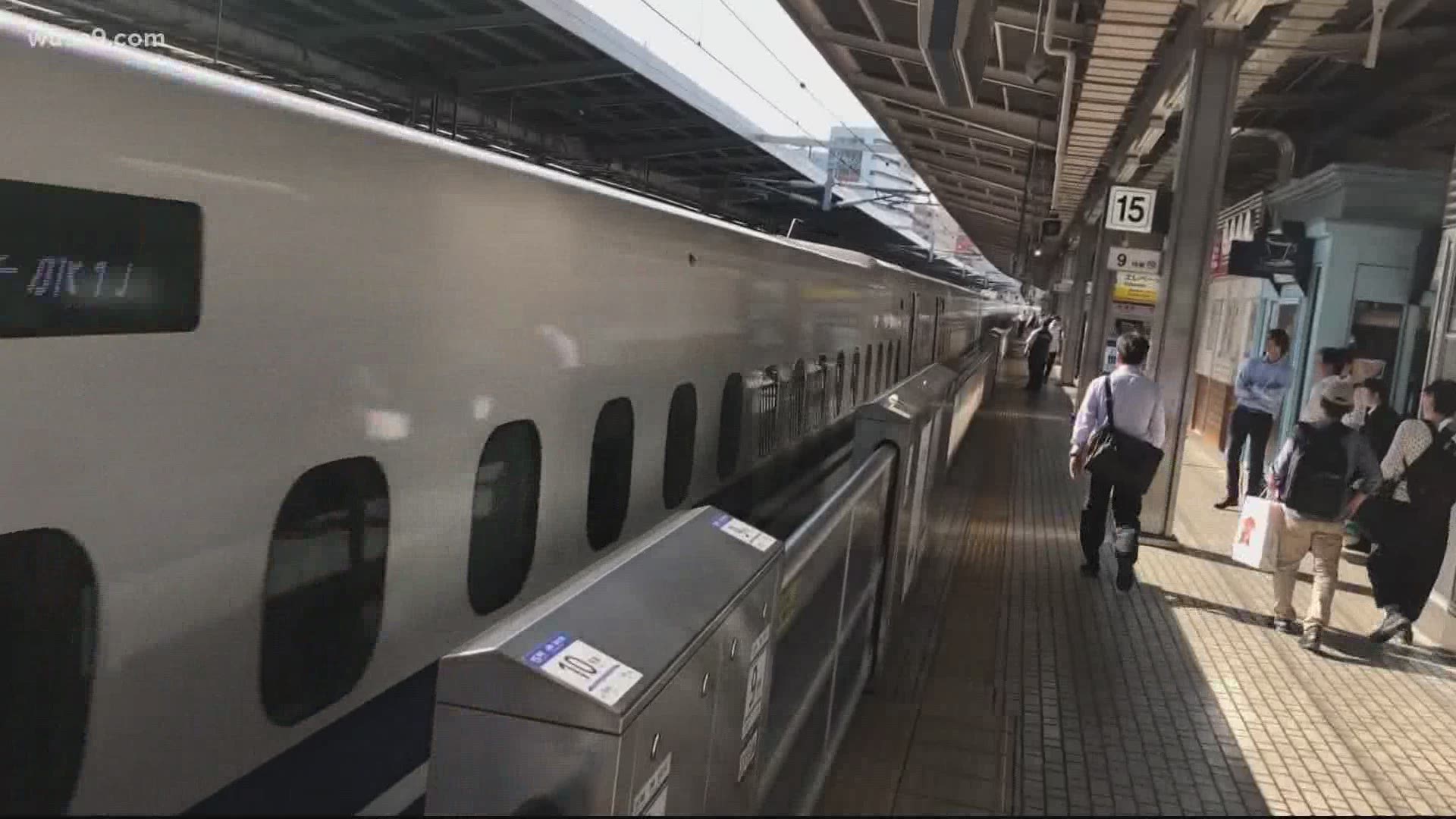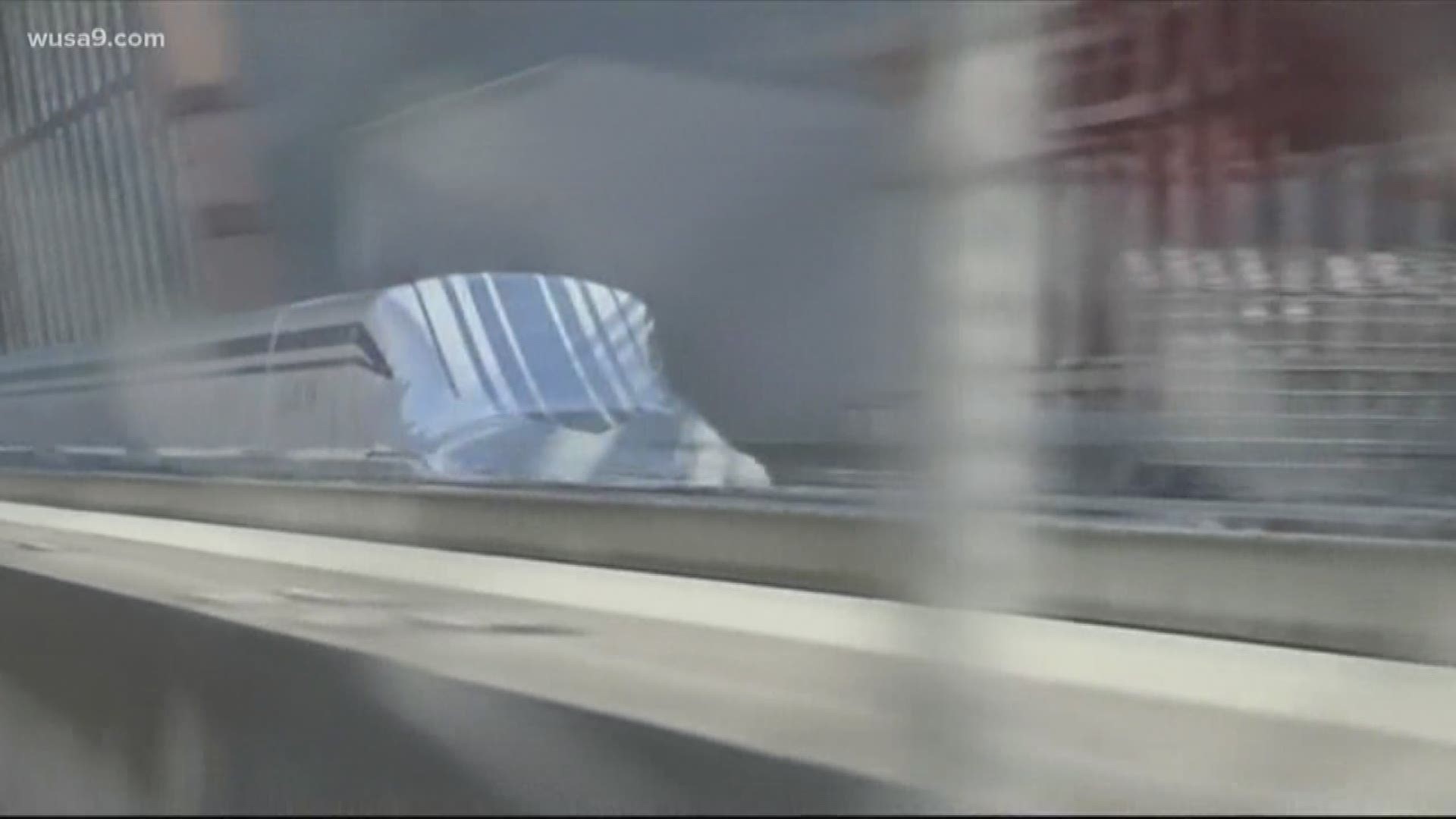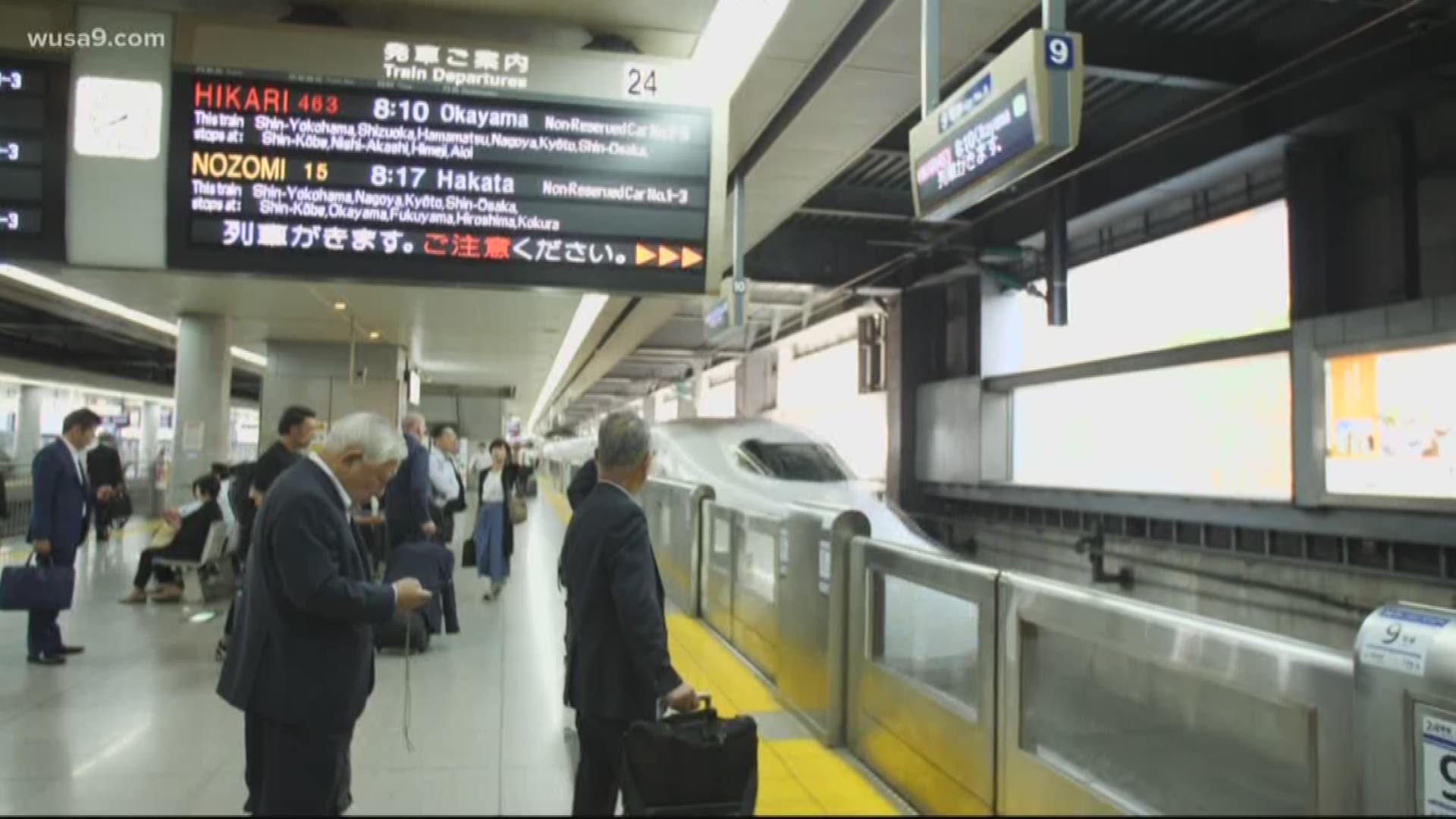GREENBELT, Md. — After searching two years for a law firm to challenge construction of the most advanced train in the world, Greenbelt City Council revealed its effort has been fruitless, as the proposal to build a 311-mph floating maglev between D.C. and Baltimore moves forward.
“I contacted the 10 largest firms in both D.C. and Baltimore to see if there would be anyone interested in taking on this project on behalf of the city,” City Attorney Todd Pounds said during a council meeting Tuesday. “I got one inquiry from one of those firms, and they did not follow up.”
Greenbelt council members expressed renewed urgency to oppose the project, with the train’s latest approval timeline suggesting a draft environmental impact statement could be ready for government review by December.
Internal documents released by the council show the maglev’s draft environmental impact statement could then be ready for public review by March 2021, with a final decision to build or reject the maglev by late January 2022.
The Northeast Maglev, the company proposing the train, said the documents were leaked to members of the council, and details found within them are subject to change.
“It’s really premature to come out and say, ‘we’re against the project,’ because all of the information has yet to be released,” Northeast Maglev CEO Wayne Rogers said. “But when we look at the wider opinion outside Greenbelt, with the building trades, the carpenters, the NAACP, the chambers of commerce from Prince George’s County, Baltimore County, Baltimore City, Anne Arundel County, they all have endorsed the project.”
The ambitious endeavor proposes to tunnel 75% of the maglev train route between Washington’s Mount Vernon Square and either Baltimore’s Cherry Hill neighborhood or Camden Yards. Only one of the two proposed Baltimore end points will be selected near the end of the design process.
According to the latest alignments of two D.C to Baltimore proposed paths, the maglev would exit its tunnel either in the northeast corner of Greenbelt, or come above ground just outside the city limits.
The route then runs parallel to BW Parkway on elevated tracks. The maglev returns underground near Laurel or Fort Meade, depending on which route advances to final approval.
The train, technically known as a superconducting maglev (SCMaglev), uses high-power magnets to lift its passenger cars four inches off the ground, while repelling them forward to a top speed of 311 mph.
Only one SCMaglev line is currently in operation, as the Japan Central Railway Company builds a route from central Tokyo to Nagoya. The line is scheduled to open in 2027.
The Northeast Maglev contends its train speed would cut the travel time between D.C. and Baltimore from 50 to 15 minutes in rush hour. A midpoint stop at BWI Airport would be reached in seven minutes from either city, backers say.
“We need something that is going to move thousands of people quickly, because between D.C. and Baltimore, we have 120 million person trips a year,” Rogers said. “Now how are we going to stop us from choking in gridlock?”
Led by Mayor Colin A. Byrd, the government of Greenbelt remains unconvinced of the project’s potential benefits. Participants in Tuesday’s council meeting suggested hiring an outside environmental engineering firm to assess the future draft environmental impact statement.
Opponents also called for a wider coalition of municipalities to band together, calling current efforts against the proposal “fragmented.”
“We’re at a point where it is ripe to take all of these forces that have been working in disparate situations and pull them together,” Susan McCutchen, an environmental activist and member of the group Citizens Against SCMaglev, said. “Do we form a non-profit of all the people we’ve pulled together at the grassroots level? That’s another option we’re looking at.”



